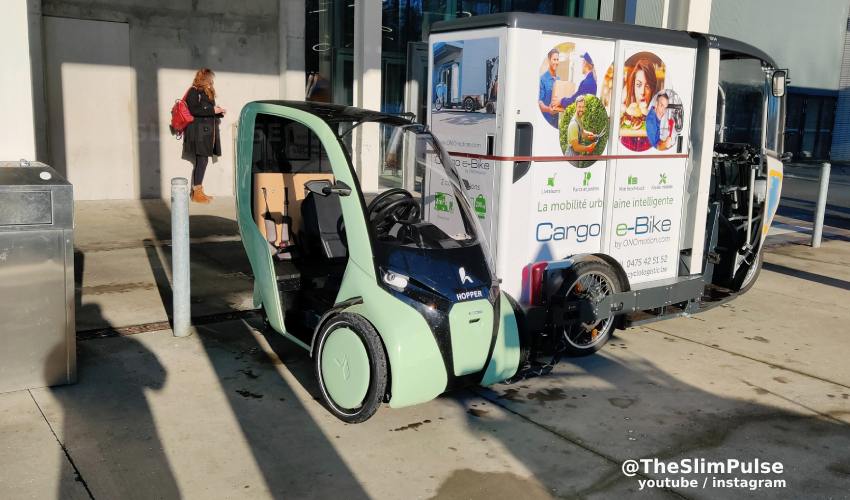Quick search
The cargo bike has been around for a while and has become increasingly popular over the last decade. In the past two years, we have seen the adoption rate accelerate. Cargo bikes, or electric bikes in general, have become popular. We now also see that all bicycle brands are making their own variants.
The electric bike is becoming a full-fledged alternative to the car. This also means that, alongside the electric bike, various types of bikes are emerging. Cargo bikes and speed pedelecs are very popular. Cargo bikes offer an alternative for freight transport or transporting children, while the speed pedelec serves as an individual commuting vehicle.
But here we delve deeper into the different types of cargo bikes. Cargo bikes are part of the cargo bike category and usually have a Long John design. This means there is a long front section between the front wheel and the handlebars.
If the cargo area is located at the back, we are talking about a trike. However, there are different types of cargo bikes, and with the advent of all these new models, it is high time to clearly map them out.
1. Traditional Long John design on two wheels
We start with the variants we are sure of: the cargo bike in Long John design. This design dates back a long time and is considered the traditional or classic way to shape a cargo bike.
The cargo box is located between the front wheel and the rider. This, in this case, as is usually the case with these designs, is based on two wheels. In French, we call this the “vélo-cargo biporteur”.
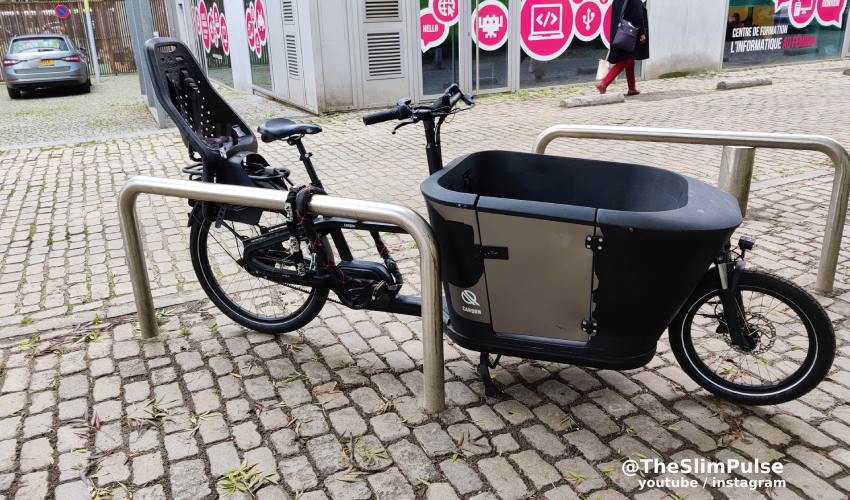
In Nederland, where the bakfiets has been known for so long, we simply use the word ‘bakfiets’. This word has even made its way to the United States, where they still don’t really have a specific name for this unique form of cargo bike. There, they also call it a bakfiets, or at least they search online for the term ‘bakfiets’. Of course, the term may change slightly and eventually become commonly known as a ‘long john’ or some other Americanized version of the word, a colloquialism, so to speak.
More about the design: it has two wheels, one long frame that fits in between, and is usually made from one solid piece or two pieces screwed together. A monocoque design, as we call it when it’s made from one piece, is seen, for example, on the Riese & Müller Paxter II. These bakfietsen are currently the most popular.
What Kind of Car is a Bakfiets?
You can best compare this type of bakfiets to a station wagon or an MPV, in which you can transport multiple children and some luggage. That’s why the bakfiets is so popular, as it’s seen as an alternative to the car. The capacity for two children or the size of the cargo space is a major advantage. The downside is, of course, that they can be somewhat long and heavy. Also, the turning circle is not something to write home about.
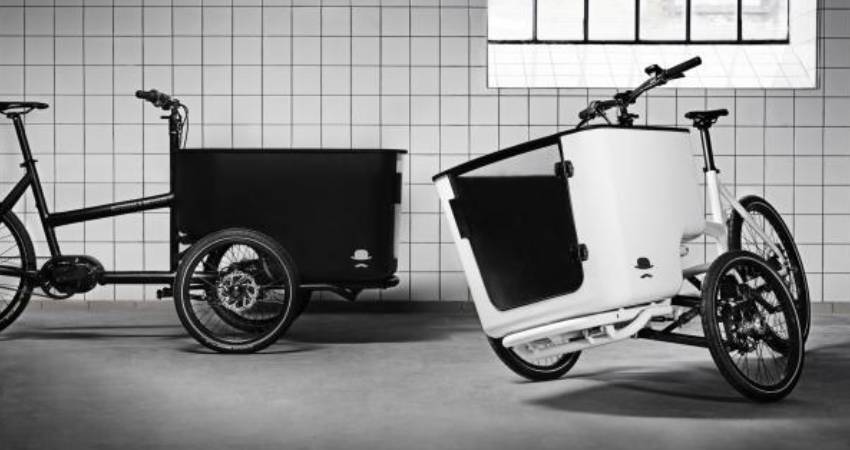
2. Tricycle Cargo Bike
The transition to a third wheel is a logical step: tricycle cargo bikes come in two basic types. Let’s first look at the design with the cargo space in the front.
In a Long John, the cargo is located between the front wheel and the rider, while in a tricycle, the cargo falls between the two front wheels. This design may be even more traditional or classic than the bi-porteur or two-wheeler cargo bike. You probably know this type from the ice cream vendor or the hot dog stand in a busy, car-free city square.
These cargo bikes are wider and somewhat clumsier; they steer less easily and offer a less authentic cycling feel. However, for many people, the threshold to use a cargo bike is lower when they know they can rely on the balance of three wheels. Let’s set aside for now that this type of cargo bike can tilt faster, as there are also models with an anti-tilt mechanism.
Tricycle cargo bikes are popular among cargo bike users looking for transportation for their dog. Children can adapt to the movements of a Long John, but a dog would probably just jump out, so here the tricycle is a logical choice.
If you need to transport more than two children and it gets a bit tight in the two-wheeler cargo bike, then a cargo bike with three wheels may be a better choice. Remember, however, that according to European legislation (meaning most EU countries), you are not allowed to ride on the bike path if your cargo bike, including wheels, is wider than one meter.
Because cargo bikes were still in an early phase of adoption and many pioneers opted for the two-wheeler cargo bike, we believe that the market for tricycles will now pick up even more momentum.
Cargo Bikes with Tilting and Steering Mechanism
Within this category, you also have two designs, or actually two techniques, but you could also call it two price ranges: those with a tilting system and those without a tilting system.
A cargo bike with a tilting system, a tricycle with a tilting system, ensures that the cargo is stabilized during cornering. This concept is not new; the MK1e is already known to us, but we are now seeing more and more cargo bikes with a similar system appearing. Somewhere this is logical, as the automotive sector is focusing on bicycles, and cargo bikes are therefore becoming more like cars.
The Tricycle Cargo Bike as a Type of Car
Anyway, tricycle cargo bikes are the true minivans among cargo bikes. They offer extra cargo space or volume and make it possible to take 2 to even 6 children along. A minivan is sometimes also called a 7-seater: 6 children plus 1 adult would therefore be a 7-seater cargo bike. They are not common, or at least not in Belgium, but in the Netherlands, you occasionally see them being used by daycares or preschools.
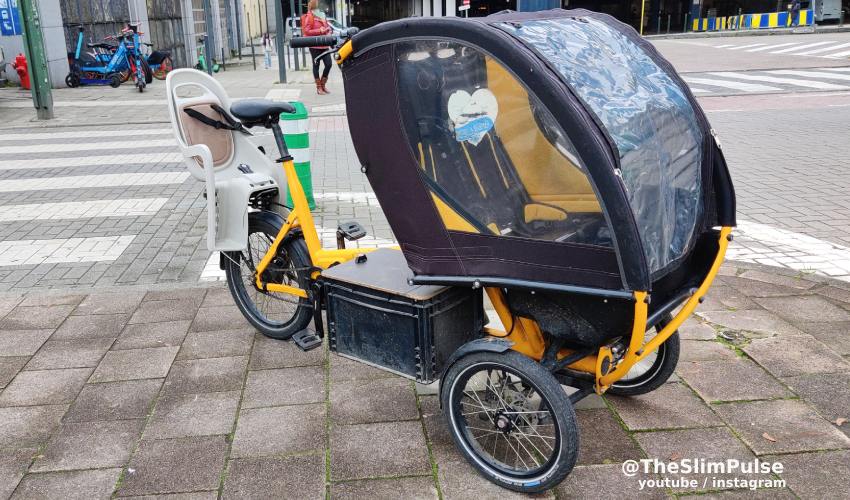
3. Tricycle Trike
In a tricycle cargo bike with the cargo at the rear, we refer to a trike design. Instead of placing the cargo at the front, we place it at the back, which means we no longer really call it a cargo bike, but rather a trike, as the term is also used in English.
A trike offers several advantages. For example, balance is better when you have only one front wheel and two rear wheels. And because in most cases both rear wheels are driven together, you also have more grip when accelerating. However, be careful, less weight at the front means more chance of a wheelie (where the front wheel comes up during acceleration). Therefore, a well-designed model with perfect weight distribution is important.
Depending on the design – whether you have tilting front wheels or a tilting design – you may experience slightly less driving comfort, or rather that the driving style is less aggressive and less fast. But, the premium models are adapted for this.
So, trikes can be an attractive choice, but they have remained somewhat under the radar so far. The only real trike model that we have seen breakthrough is the recent Cube Hybrid Trike.
Comparing Trikes with the Automotive Sector
If we compare the trike cargo bike with the automotive industry, I think that passenger transport, such as taxis, will be the largest and most logical target group for these trikes. There must also be an alternative to the car for this, and a trike is actually nothing new.
For example, in Asia, almost every Tuk-Tuk is in a trike design. So, it is logical that we will adopt this concept somewhere and enjoy the power on the rear wheel to transport two people in the back.
For now, these are mainly children due to the limited power of the motor, but in the future, these could perhaps be more people.
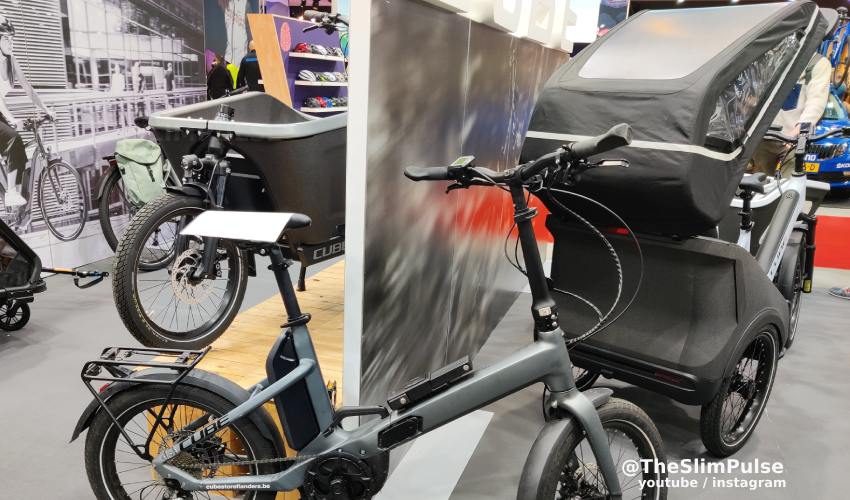
4. Compact Mini Cargo Bikes
The compact cargo bike, that’s actually also the reason for this article about the different types of cargo bikes. All other types of cargo bikes have been around for a while, and we are fans of new designs and brands that dare to innovate. A few years ago, we came across the Muli-ST, a German brand that designed a foldable cargo bike.
No bigger than a regular bike, but still with a handy cargo space in the front that can accommodate items and even carry two children. Perfect for city users, and for us, this was a sign of the evolution the market still had to go through.
When a brand like Riese & Müller, which already produces a whole arsenal of cargo bikes and electric bikes and is gradually starting to dominate the market, focuses on a similar design to the Muli with the Carrie, this confirms the general suspicion.
There is also room for cargo bikes in the city. And once we tap into this market, we create a whole new demand. This is also known by Riese & Müller, which already largely dominates the cargo bike market, although they have to tolerate some competition here and there.
Not only cargo bikes are becoming more innovative with their cargo space, more compact in size, and more adapted for city use, but also other types of cargo bikes are being adjusted and even reinvented. Take, for example, the Ca go CS, a brilliant invention that creates a whole new category of bikes.
Compact Cargo Bikes as Alternatives to Cars
If we look for a car metaphor again, then compact cargo bikes can be compared to mini SUVs. They are compact city cars with extra cargo space. You can’t really compare them to minis or Smart cars, as those would be more like folding bikes within this analogy.
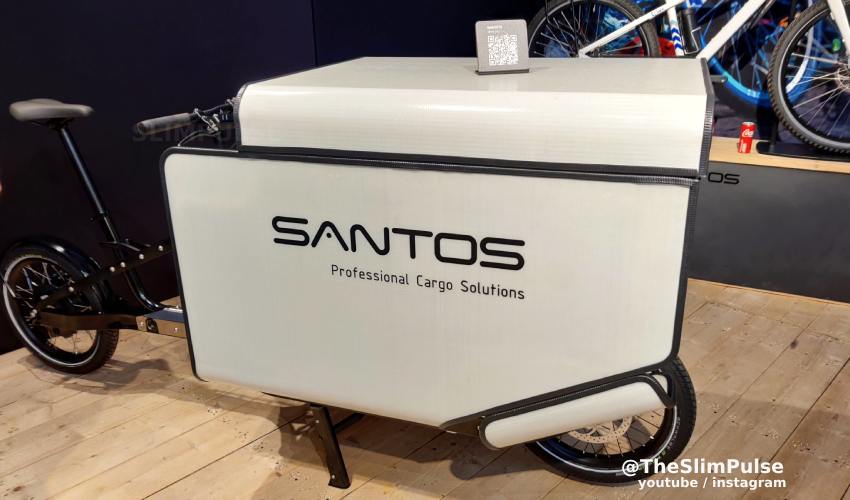
Light Electric Vehicles or LEVs (B2B)
Then there’s one more category we mustn’t forget, and those are the equivalents of the delivery vans that are always double-parked in the city streets. No, just kidding. Even in the world of cargo bikes, there are variants for commercial use, although we haven’t really seen these in full action yet.
The Business-to-Business (B2B) potential has not fully taken off, largely because this often goes hand in hand with legislation, subsidies, and mandatory purchases for businesses. As long as cities do not become fully electric or car-free, these ‘vans’ will probably still be a bit on hold.
However, we have seen quite a few of these cargo bikes at major bike fairs, such as Velofollies. So, they are indeed being designed and manufactured, with their arrival on the horizon. It’s just a matter of waiting for production to really get going, as more money begins to flow into this sector. These developments show that there is a clear demand and space for innovation within the cargo bike world, even on the business front.
